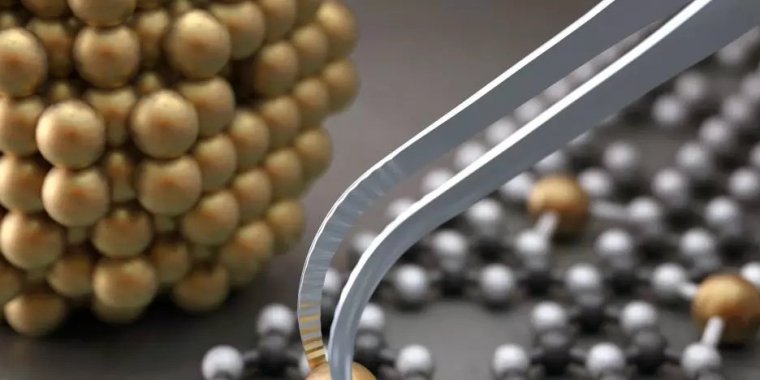| News / Science News |
Purifying water with just a few atoms
Because of their considerable efficiency, catalysts made of just a few atoms show great promise in the field of water treatment.

Catalysts made of just a few atoms show great promise in the field of water treatment. Photo: Jaehong Kim, Yale University
In a new study, researchers looked into optimizing the performance of these catalysts and making them viable for practical use.
The findings, by Yale University's Jaehong Kim and colleagues, are published in the Proceedings of the National Academy of Sciences.
In the last few decades, nanoscale catalysts have drawn much attention in the field of water treatment.
Materials at the nanoscale have numerous unique and beneficial properties to offer. Recently, researchers have explored the possibilities of single-atom catalysts. Even smaller than nanomaterials, these catalysts can offer even greater efficiency.
Efficiency is critical because the materials that are commonly used for catalysts can be very expensive. For instance, palladium, currently costing about $2,000 per ounce, is often used for catalysts.
In nanoscale form, 50 nanometers of palladium cost about $37 to cover an area of about 250 square meters, and just over 2% of its atoms are exposed at the surface.
In single-atom form, by contrast, palladium costs only 17 cents to cover an area 1,070 times larger, and 100% of its atoms are exposed at the surface.
"Systematic control of matter at the atomic and molecular levels supported by the National Nanotechnology Initiative at NSF has opened economic solutions not even imagined before, not only in water filtration and utilization but also for a sustainable future," said Mike Roco, a senior advisor at NSF who proposed the NNI.
Researchers have begun creating catalysts comprising a small cluster of atoms. Instead of the thousands of atoms that make up a nanomaterial, these clusters contain just three or four atoms.
Because this material design is still relatively new, researchers are still figuring out the best ways to control the properties of these structures and optimize their performance.
For instance, fully isolated single-atom catalysts can be enhanced by the addition of certain elements around the metals. Kim and his research team investigated whether atom ensembles could be similarly manipulated. Their paper is the first to explore the possibilities of doing so.
"Ultimately, we’re hoping to have a device with this catalyst to destroy pollutants in water, because it would be much cheaper and more efficient than other material designs," he said. (U.S. National Science Foundation)
YOU MAY ALSO LIKE





